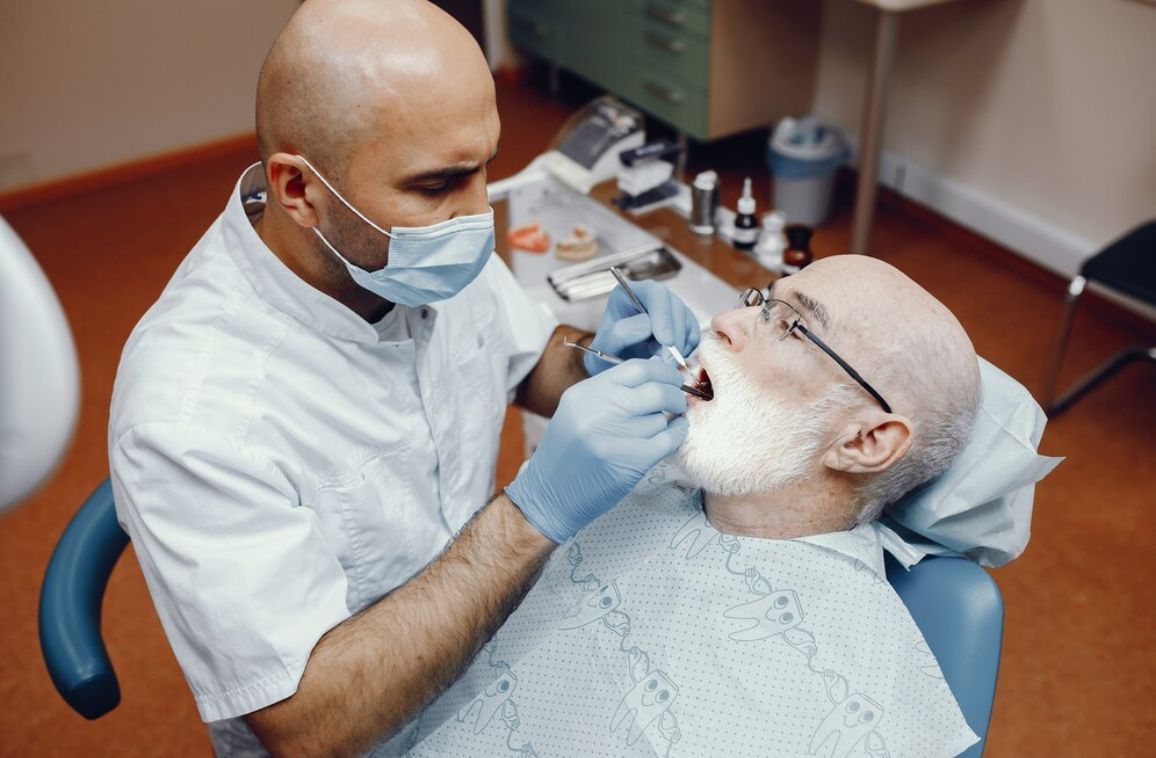If one has lost a tooth or multiple teeth due to injury, decay, or other reasons, dental implant procedures can be the ideal solution. This article focuses on essential considerations and also on dental implants, their benefits, and the procedure.
What are dental implants?
- Dental implants are indeed artificial tooth roots, typically made of titanium, that are surgically placed into the jawbone.
- They serve as a sturdy foundation for replacement teeth, known as crowns, which are custom-made to match one’s natural teeth.
- Teeth replacement: Implants can be made use of to replace a single tooth or multiple teeth or even support a full denture.
Complete Dental Implant Procedure
- Initial Consultation and Planning: One’s dentist will evaluate one’s oral health and also take X-rays to determine the best approach. A 3D scan (CBCT) is required.
- Implant Placement: A dental implant is surgically placed into the jawbone under local anesthesia. This procedure can take 1-2 hours, depending much on the complexity of the case. The patient can feel some discomfort.
- Healing Period: After placement, the implant requires time to fuse with the bone, a process known as osseointegration. This can take several months. (3-6 months).
- Abutment Placement: Once the implant has integrated with one’s bone, an abutment (connector) is placed on top of the implant to hold the crown.
- Crown Placement: Finally, a custom-made crown is attached to the abutment, thus completing the restoration.
- Follow-up Care: Maintaining good oral hygiene is indeed crucial for the long-term success of one’s dental implant. This does include brushing, flossing, and also avoiding habits such as smoking, which can interfere with healing.

Considerations Before Getting Dental Implants
- Eligibility: Not everyone is a candidate for dental implants. Adequate bone density and good oral health are crucial for a successful procedure.
- Cost: While dental implants are very expensive compared to other tooth replacement options, several consider them a worthwhile investment due to their longevity.
- Time Commitment: The entire process can indeed take several months, so patience is essential.
- Aftercare: Post-operative care is, of course, vital to ensure the healing process goes smoothly. It is good to follow the dentist’s instructions and advice.
Most patients do report minimal discomfort during the procedure due to local anesthesia. After the surgery, a little soreness is normal, but it can usually be, of course, managed with medications. Several people find the recovery is less painful than they expected.
The entire process can take several months, primarily due to the healing time required for osseointegration, where the implant fuses with the bone. It can range from three to six months, but this varies based on individual healing and treatment plans.
Good candidates usually have sufficient bone density in the jaw to support the implant. Also, overall oral health is important. If a person has gum disease or other dental issues, the person needs to address those first. The dentist will perform a thorough evaluation to determine if implants are right for the person.
If lacking sufficient bone density, options such as bone grafting can be considered. This procedure does add bone to the jaw, creating a stronger foundation for the implant. The dentist will explain the process and timeline during the consultation.
After dental implant procedures:
Caring for dental implants is like caring for natural teeth. Regular brushing, flossing, and dental check-ups are no doubt essential. With proper care, implants can last a lifetime, so maintaining good oral hygiene is very important.
Conclusion
As with any surgical procedure, there are a few risks, including infection, nerve damage, or implant failure. Yet, these complications are rare, especially when the procedure is performed by a skilled dentist. One’s dentist shall no doubt discuss all potential risks with the patient before proceeding.


